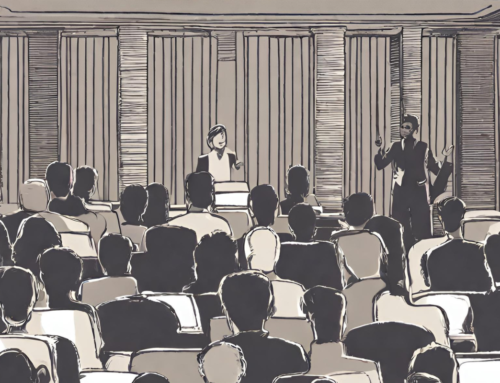The first question you should ask when preparing a presentation is, who’s my audience? But that question requires more than a one-word answer. It’s the beginning of an exploration of the exact circumstances of your audience – who, what, when, where, and why – everything about them you can determine.
Why should you care? After all, isn’t it a matter of integrity to say the same thing to everybody? Yes and no. The message, fundamentally, has to be the same. But the shape that it takes may need to be entirely different. Would you use the same words to describe World War II to a group of six-year-olds as you would to a group of adults?
This time, let’s look at speaking to audiences who are from a different culture than you, and perhaps speak a different primary language. There are 3 things to remember above all else.
First, don’t attempt jokes unless you’re absolutely sure that they will translate. Most jokes don’t — humor is local to an extent that's hard to imagine unless you've spent a good deal of time in another country.
Second, take all the colloquialisms out of your talk when you’re speaking to non-native speakers. “That dog won’t hunt” may make perfect sense to you because you’re from Georgia, but it won’t in India.
And third, slow down! If you’re working with a translator, cut your speech by at least a half, more to be comfortable. If you’re simply talking to people for whom your language is a second or third, then slowing down allows them to translate in their heads.
I do recommend making the attempt to connect with your audience by beginning with a traditional greeting or opening in the language of the country you’re in – but unless you’re fluent, don’t try to do the whole speech in that language. Your accent will probably offend – or at least grate on the ears of – many in your audience.








Good advice! I would like to add one thing: a great book I refer to when meeting international audiences–KISS, BOW OR SHAKE HANDS: HOW TO DO BUSINESS IN 60 COUNTRIES. Just snapshots of various parts of the world, but it helps me think about the audience’s orientation, view of the world, customs and mores.
Hi, Susan —
Thanks for the comment — I love Kiss Bow and highly recommend it to anyone traveling to another country & culture.